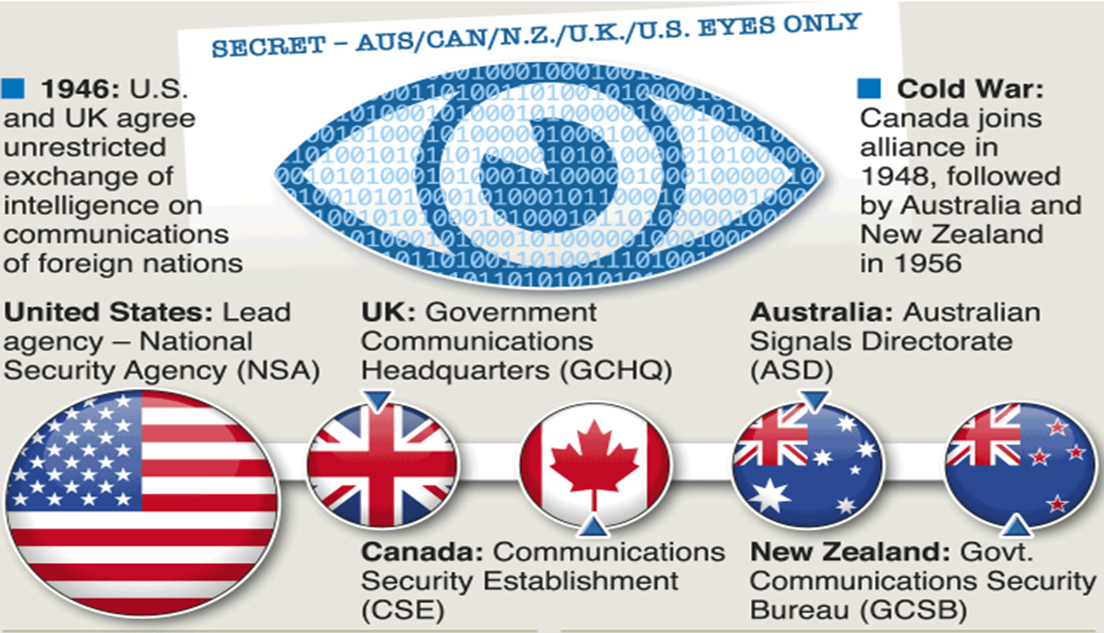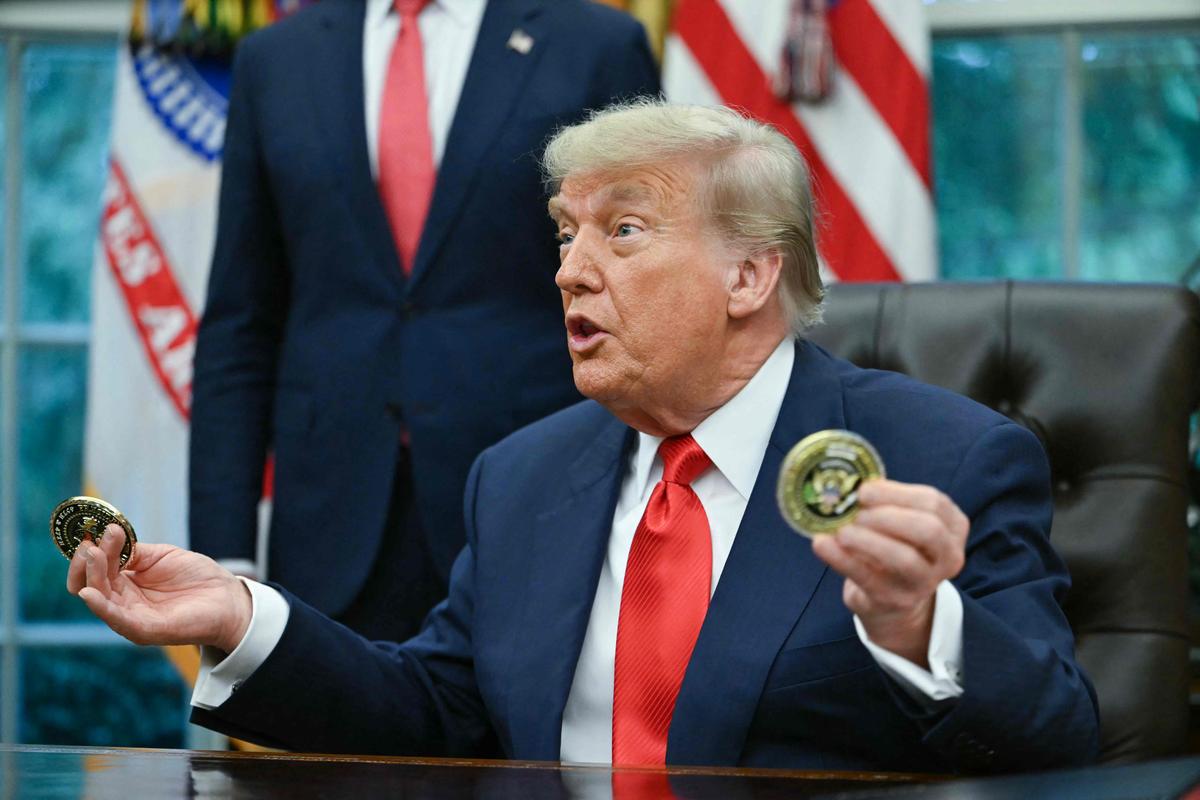- Courses
- GS Full Course 1 Year
- GS Full Course 2 Year
- GS Full Course 3 Year
- GS Full Course Till Selection
- Answer Alpha: Mains 2025 Mentorship
- MEP (Mains Enrichment Programme) Data, Facts
- Essay Target – 150+ Marks
- Online Program
- GS Recorded Course
- Polity
- Geography
- Economy
- Ancient, Medieval and Art & Culture AMAC
- Modern India, Post Independence & World History
- Environment
- Governance
- Science & Technology
- International Relations and Internal Security
- Disaster Management
- Ethics
- NCERT Current Affairs
- Indian Society and Social Issue
- NCERT- Science and Technology
- NCERT - Geography
- NCERT - Ancient History
- NCERT- World History
- NCERT Modern History
- CSAT
- 5 LAYERED ARJUNA Mentorship
- Public Administration Optional
- ABOUT US
- OUR TOPPERS
- TEST SERIES
- FREE STUDY MATERIAL
- VIDEOS
- CONTACT US
Five Eyes Intelligence-Sharing Network
Five Eyes Intelligence-Sharing Network
06-05-2024

Recently, India faced allegations of running espionage operations from 4 countries across 3 continents that are part of the 5 Eyes intelligence-sharing network.
- India has denied these allegations.
Background:
- The ‘Five Eyes’ intelligence alliance, also known as the UK-USA Agreement, has its origins in the collaboration between the United States and the United Kingdom during the Second World War, aimed at countering the Soviet threat during the Cold War.
- In 1946, the alliance was formalized through the British-U.S. Communication Intelligence Agreement (BRUSA) between the intelligence agencies of both countries.
- Over time, Canada (1948) and Australia and New Zealand (1956) joined, forming the 'Five Eyes' intelligence-sharing alliance.
About the ‘Five Eyes’ Alliance:
- The ‘Five Eyes’ is a multilateral intelligence-sharing network involving over 20 agencies from five English-speaking countries: Australia, Canada, New Zealand, the United Kingdom, and the United States.
- It includes both surveillance-based and signals intelligence (SIGINT).
- The intelligence documents shared among member countries carry the classification 'Secret—AUS/CAN/NZ/UK/US Eyes Only,' giving the alliance its name.
- The Five Eyes' objective has shifted since the collapse of the Soviet Union, focusing on new global challenges like terrorism and China's growing influence.
Five Eyes Alliance Cooperation:
- The Five Eyes collaborate on various intelligence matters, including ocean and maritime surveillance, scientific and defence intelligence analysis, medical intelligence, geospatial intelligence, counterintelligence, and counterterrorism.
- The Five Eyes Intelligence Oversight and Review Council (FIORC) was established in 2016 to provide non-political oversight, review, and security for the member countries.
Concerns Associated with the Alliance:
- The Five Eyes alliance has faced ongoing concerns regarding privacy, security, and its operational methods.
- Privacy concerns emerged in 2013 when former NSA contractor Edward Snowden leaked classified documents revealing a massive surveillance program conducted by the alliance, targeting citizens of member countries.
- The absence of domestic legislation governing intelligence-sharing raises questions about the legal basis and democratic legitimacy of the arrangements.
- The lack of a 'third-party rule' in intelligence-sharing agreements limits the effective oversight and transparency of the alliance.
India-US Cooperation for Data Sharing:
- The United States and India have been closely cooperating on counterterrorism efforts, sharing information and intelligence related to terrorist threats and activities.
- Both countries collaborate on various law enforcement matters, including sharing information related to transnational crime, drug trafficking, and organized crime, to address cross-border criminal activities.
Must Check: Best IAS Coaching In Delhi



